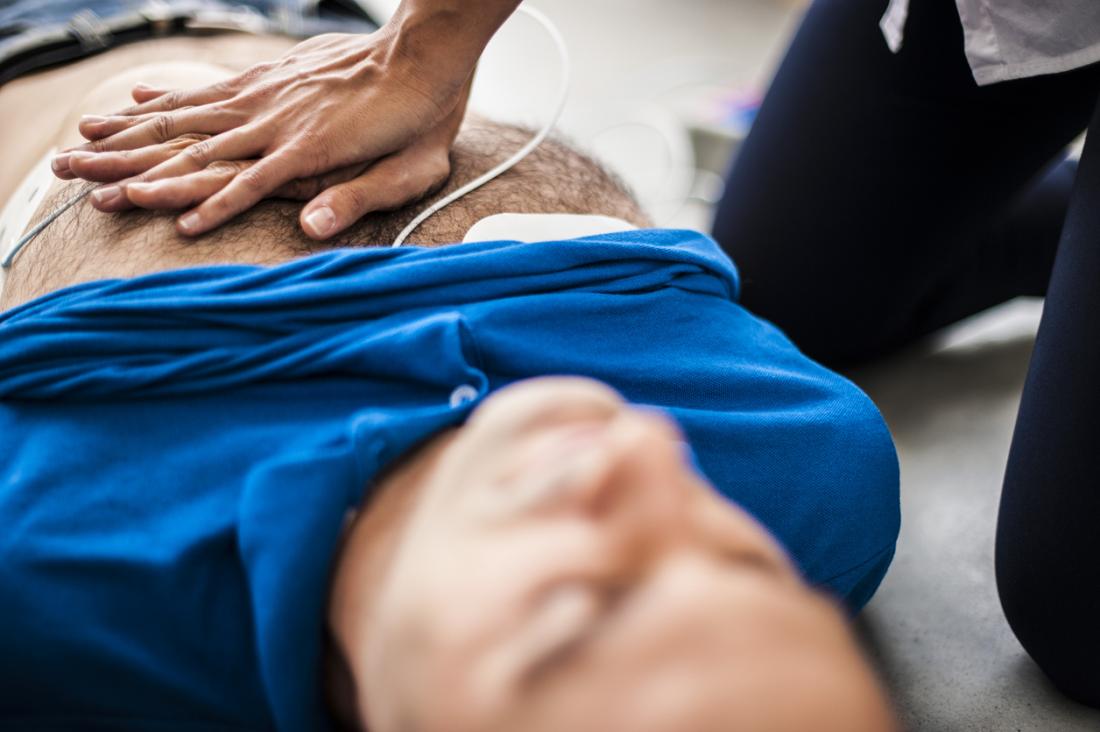

Some people get medicine to make them more comfortable and sleepy while on a breathing machine. The other end attaches to the electric pump. One end of a tube goes into the windpipe through the nose or mouth. It's used temporarily for conditions like pneumonia, but it may be needed longer for someone with lung failure. A ventilator keeps oxygen flowing throughout the body by pushing air into the lungs. When most people talk about a person being on life support, they're usually talking about a ventilator, which is a machine that helps someone breathe. Brain: Stroke or a severe blow to the head.Heart: Sudden cardiac arrest or heart attack.Lungs: In cases of near-drowning, pneumonia, drug overdose, a blood clot, and severe lung injury or disease, such as COPD and cystic fibrosis, and muscle or nerve diseases such as ALS and muscular dystrophy.

If these systems stop working for any reason, you need life support: But sometimes the body isn't able to resume the work. When they fail, special medical procedures, commonly called life support, can keep you alive until your body is ready to take over again. Some functions are so crucial that you can't live if they stop. Many organs and systems constantly work to keep it healthy. doi:10.1002/cncr.The body is a complex machine. Bedside clinical signs associated with impending death in patients with advanced cancer: Preliminary findings of a prospective, longitudinal cohort study. Hui D, dos Santos R, Chisholm G, Bansal S, Souza Crovador C, Bruera E. Delirium and agitation at the end of life. Current Opinion in Supportive & Palliative Care. The last days of life: symptom burden and impact on nutrition and hydration in cancer patients. The occurrence and risk factors of constipation in inpatient palliative care unit patients vs. Treating nausea and vomiting in palliative care: a review. Journal of the American Medical Directors Association. Signs of imminent dying and change in symptom intensity during pharmacological treatment in dying nursing home patients: a prospective trajectory study. Sandvik RK, Selbaek G, Bergh S, Aarsland D, Husebo BS. From admission to death: prevalence and course of pain, agitation, and shortness of breath, and treatment of these symptoms in nursing home residents with dementia. Hendriks SA, Smalbrugge M, Galindo-Garre F, Hertogh CMPM, van der Steen JT. What to expect when a person with cancer is nearing death. Talking with your loved one's doctor and knowing what to expect can help you make them as comfortable as possible during the final stages of life.Īmerican Cancer Society. It's a frightening experience for everyone involved. No one wants their loved one to die from a terminal illness. Pain, shortness of breath, anxiety, incontinence, constipation, delirium, and restlessness are just a few signs that a loved one is going through the dying process.

When someone is nearing the end of life, they experience a variety of symptoms. But most of the time, the patient isn't feeling any pain or suffering. This can upset family and friends who hear it. The collection of mucus and fluids causes a rattling sound when the person breathes. "End-stage wet respirations" is the medical term for saliva and mucus that build up in the airway when an individual becomes too weak to clear those secretions out. As uncomfortable as it is to call this symptom the " death rattle," it's a correct description.


 0 kommentar(er)
0 kommentar(er)
